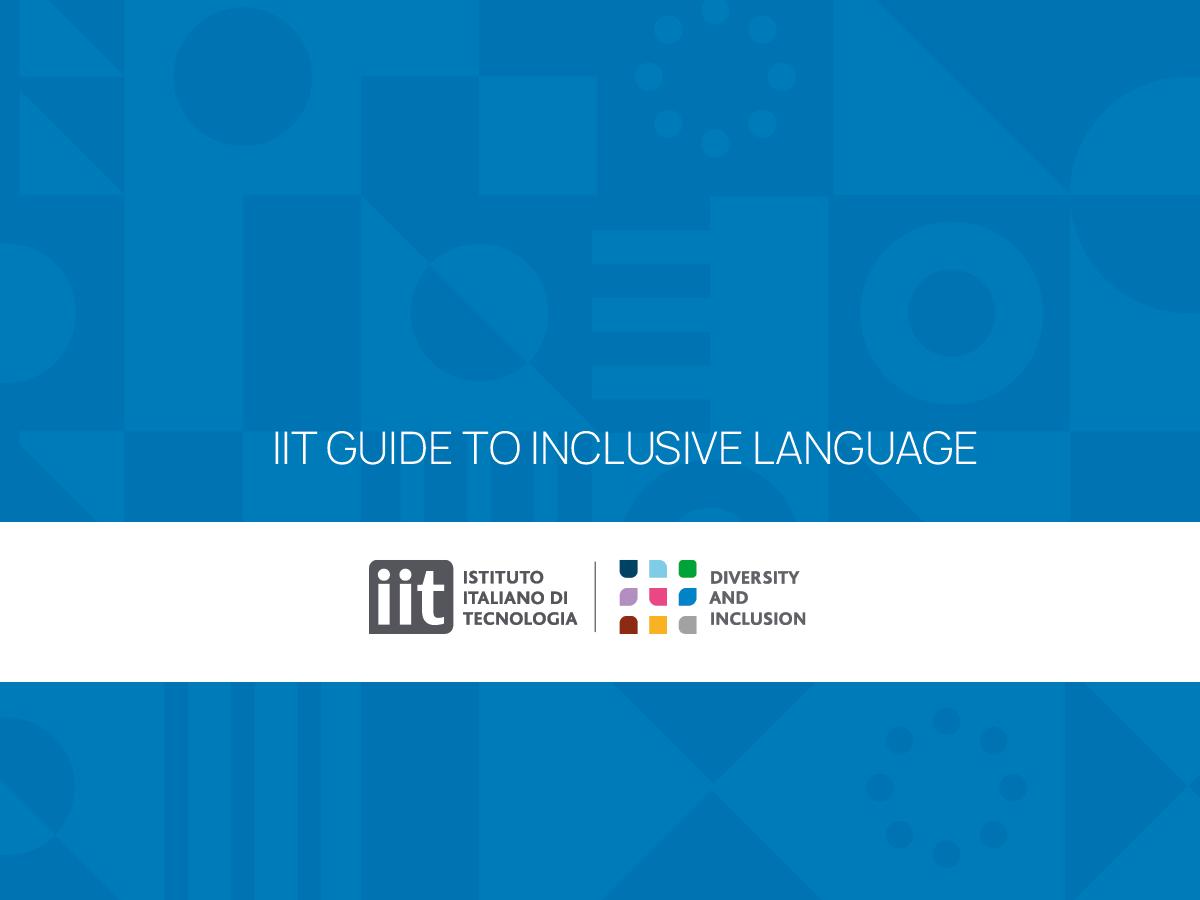The prototype has been realized by Mario Caironi’s group at IIT in Milano; his research is supported by the European Research Council (ERC)
From the research lab to TIME’s 2023 list of Best Innovations, IIT-Istituto Italiano di Tecnologia (Italian Institute of Technology) makes a hit with the first ever-made rechargeable edible battery. The battery has been selected by TIME among the most impactful innovations of the year that are changing how we live, being listed as one of the special mention inventions. This is the first time for a prototype stemming from a research center based in Italy to be acknowledged in TIME’s prestigious list.
In March 2023 the research paper “An Edible Rechargeable Battery” was published by Mario Caironi’s group on the international journal Advanced Materials describing the proof-of-concept battery cell obtained by using materials that are normally consumed as part of our daily diet, such as almonds, capers, and algae. The news was covered by newspapers and magazines worldwide, impressed by the originality of the research result. IIT press office counted more than 250 news articles in 2 months appearing in Italy, UK, USA, France, Spain, Brazil, Germany, Israel, Argentina, and many other countries.
TIME editors also noticed it. Amidst hundreds of other products and proposals, after an evaluation based “on a number of key factors, including originality, efficacy, ambition, and impact”, TIME has decided to acknowledge the first ever-made rechargeable edible battery made at IIT among the 200 most impactful innovations of 2023 that are changing how we live, as a special mention invention. The list has been published today on TIME’s best inventions website.
The battery has been realized by the group of Mario Caironi, coordinator of the Printed and Molecular Electronics laboratory of the IIT Center in Milan (Italy); Caironi has been focusing on the study of the electronical properties of food and its by-products, to unite them with edible materials and create new edible electronic materials. In 2019, Caironi won a 2-million-euro ERC consolidator grant for the ELFO Project, which explores the edible electronics field.
“I am clearly very happy. I must confess I was also surprised TIME selected our invention, and this brings even more satisfaction to all team members, whom I’d like to thank” commented Mario Caironi. “In research, especially when exploring new paths, on the one side it is already difficult to get results, on the other it is not obvious they would get noticed so quickly. This motivates us even more. A great merit goes to Ivan Ilic, a former member of the team, who led the development of the battery.”
“The recognition of the uniqueness of the edible battery by TIME makes me very proud, as it is a clear sign that our institute is internationally recognized for the quality of its research. A quality that the scientific community and research funding programs, such as the European Research Council, have already had the opportunity to assess excellently. Today, we can say that this quality is being conveyed and is approaching the international audience. This is the path we will continue to follow to bring Italian-made innovation to new technical and market milestones. Twenty years of excellent results demonstrate that the international model implemented by the institute is robust. I am optimistic that this same model will lead us to further and more significant achievements”, said Giorgio Metta, Scientific Director of Istituto Italiano di Tecnologia.
The IIT’s research group took inspiration from the biochemical redox reactions that happens in all living beings, and developed a battery that utilizes riboflavin (vitamin B2, found for example in almonds) as anode and quercetin (a food supplement and ingredient, present in capers, among others) as cathode. Activated charcoal (a widespread over-the-counter medication) was used to increase electrical conductivity, while the electrolyte was water-based. The separator, needed in every battery to avoid short circuits, was made from nori seaweed, the kind found in sushi. Then, electrodes were encapsulated in beeswax from which two food-grade gold contacts (the foil used by pastry chefs) on a cellulose derived support come out.
The battery cell operates at 0.65 V, a voltage low enough not to create problems in the human body when ingested. It can provide current of 48 μA for 12 minutes, or a few microamps for more than an hour, enough to supply power to small electronic devices, such as low-power LEDs, for a limited time.
Applications could be several, ranging from edible circuits and sensors that can monitor health conditions to the powering of sensors for monitoring food storage conditions. Moreover, given the level of safety of these batteries, they could be used in children toys, where there is a high risk of ingestion.





